The diversity of Islamic mosque architecture around the world
Islamic mosque architecture is a testament to the rich diversity and cultural heritage of the Muslim world. From the intricate geometric patterns of the Middle East to the ornate domes and minarets of South Asia, mosques around the world showcase a wide range of architectural styles and influences. In this article, we embark on a journey to explore the fascinating diversity of Islamic mosque architecture, highlighting the unique features and design elements that make each mosque a work of art in its own right.
Show key points
- Islamic mosque architecture reflects the rich cultural diversity of the Muslim world, with each region adapting unique design elements based on local traditions and materials.
- In recent years, Arab countries have shifted toward modern mosque designs that emphasize simplicity, modest interior decoration, and environmental sustainability.
- African Islamic architecture showcases a wide variety of mosque styles influenced by tribal cultures, available materials, colonial history, and attempts at reviving traditional methods alongside modern techniques.
- ADVERTISEMENT
- Asian mosques blend spiritual symbolism with stunning architectural features, combining heritage styles with modern design influences from various cultures.
- In Europe, the rise of mosque construction reflects the permanent presence of Muslim communities and often incorporates contemporary architectural elements harmonized with Islamic identity.
- The absence of a fixed, standardized mosque design in Islam has enabled architects worldwide, regardless of faith, to contribute innovative and culturally blended structures to Islamic architecture.
- Overall, the evolution of mosque architecture illustrates a dynamic interplay between tradition, modernity, regional aesthetics, and intercultural collaboration.
The Arab world and the architecture of modern Islamic mosques
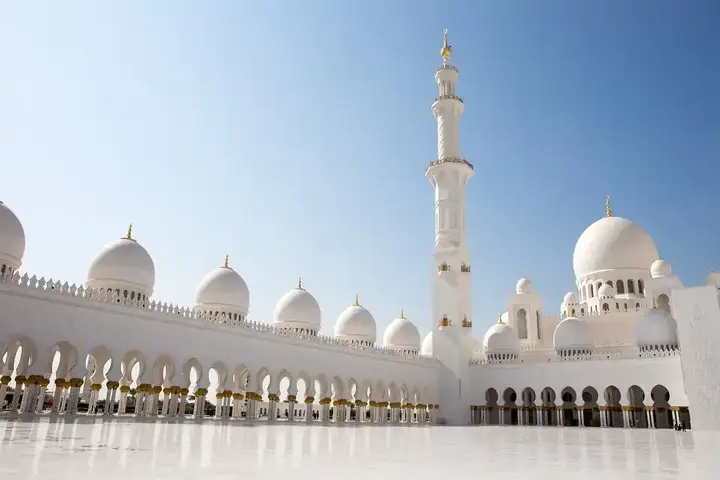
In harmony with contemporary life, many Arab countries have turned in recent years to modern designs for mosques with a tendency to humility in the elements of decorating the building from the inside To understand these changes, you must look at what the mosques of the Arab countries were in the past and the changes that have occurred in this design.
Recommend
Mosques were once a place of worship as well as a place of consultation and discussion of the religious teachings of Muslims. The mosques at the time were very primitive, with palm leaf roofs and the interior were columns of palm trunks to divide the internal space. After that era, the mosque included the courtyard, arcades, and the light (ablution place) from the inside, and the dome and minaret from the outside. The design of the mosque was in harmony with the neighborhood or street in which it was located. For example, the ancient Egyptian mosques were dominated by the yellowish-white color to rely heavily on the use of stone as the basic building material, due to its abundant availability along with marble of all kinds.
The architecture of Islamic mosques then tended to exaggerate the interior decoration and decorations, especially in the Mamluk era, where they boasted of building ornate mosques to reflect the economic level at the time. In our time, most of the architecture of Islamic mosques is simpler and tends to the designs of modern architecture schools in pure white from the outside and attention to an interior design that inspires clarity of mind and reflection and abandon exaggeration in decorations, and replace huge chandeliers with more modest lighting with appropriate distribution throughout the mosque. You will also notice that the lamp is placed in a hidden place unlike the old mosques where it was located in the center of the courtyard.
One of the most beautiful changes that have occurred in the architecture of mosques is also the tendency to preserve the environment, and you can see this in the interior design of the ceilings by dividing the spaces and using the game of light and shadow to legalize the use of artificial lighting and rely on natural lighting. This is also in addition to recycling the water used in lighting (ablution) to irrigate the greenery surrounding the mosque.
Various styles in the architecture of African Islamic mosques
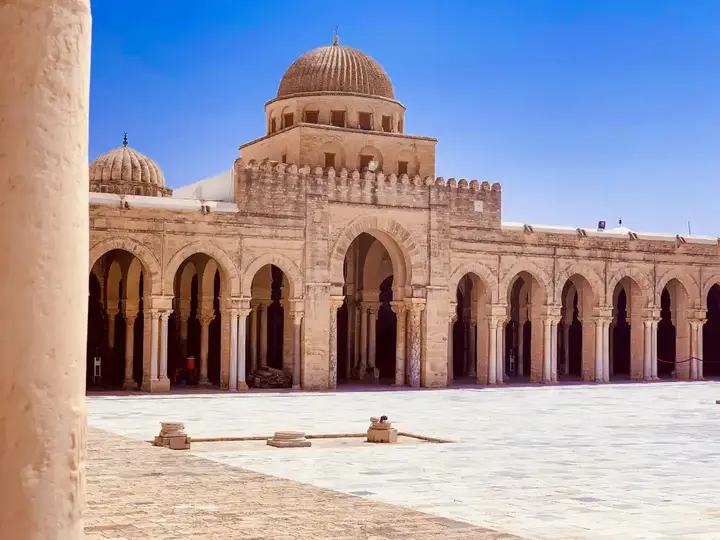
When looking at the continent of Africa, you will find that you are in front of various styles in architecture and you will find it difficult to unify those styles under certain designs even in the same era The architecture of the mosques of the Arab countries and the countries of Eastern, Central and West Africa does not fall under any unified style, due to multiple reasons and inspiring effects of its architecture When you understand it, you will be able to appreciate that difference and diversity.
Many African countries experienced tribal life and each tribe had its own architectural style based on its own culture, the customs of its people and even the raw materials available for use in its buildings. This was followed by eras of colonialism from different European countries, each of which has a certain style of architecture, and it is no secret to everyone the great delay suffered by African countries due to colonialism, which led to the delay in the development of architecture until the fifties and sixties.
After independence you will find that the growth of architecture was slow and still carries foreign influences. The arts and techniques of architecture that are taught in many African countries even after independence are mostly due to European architectural styles such as Gothic architecture, Baroque style, and modern styles such as the Bauhaus.
This has coincided with some attempts to revive traditional African architecture, associated African handicrafts and local materials while blending them with modern design techniques to try to create a contemporary African architectural style. This contemporary style not only creates an African identity in architecture and a return to origins, but also saves a lot of cost by relying on available and cheap materials and simple architectural styles derived from nature while being influenced by well-known Islamic architecture.
Among some examples of distinguished mosque architecture in Africa, we mention the Maslak Al-Jinan Mosque in Senegal, which is the largest mosque in West Africa, the Mosque of Kairouan in Tunisia, which is one of the oldest places of worship in the Islamic world and has been chosen by UNESCO as a World Heritage Site. Larapanka Mosque in Ghana, which is one of the oldest mosques in Ghana, follows the Sudanese architectural style and is characterized by its design. Also the Great Mosque of Tuba in Senegal, which is considered one of the most beautiful mosques in the world. We also mention the Great Mosque of Djenné, Mali, which is the largest mud-brick edifice in the world and has a strange and distinctive design and is built in a unique architectural style, and the people hold an annual music festival during the restoration work in it. Finally, do not forget the Uganda National Mosque, which is considered one of the examples of modern architecture in the mosques of the African continent. You can clearly see that there is not a single architectural style that unites these mosques but rather diverse styles.
The architecture of the mosques of Asia is a modern architectural masterpiece
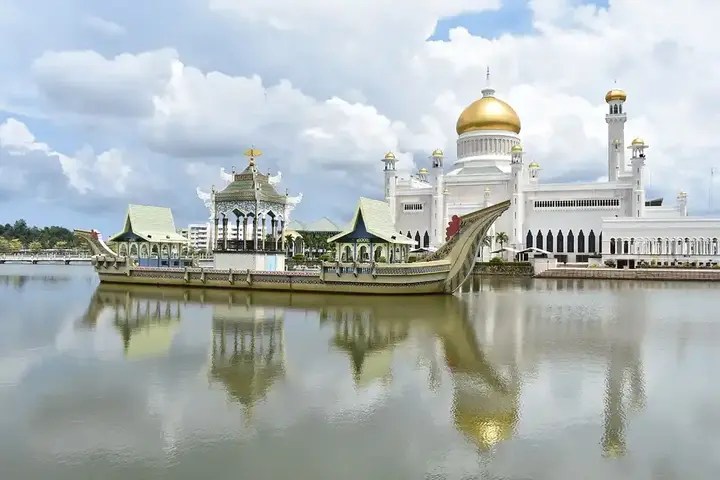
Limited lines are not enough to talk about the splendor of mosques in Asia, as they are not only distinctive architectural masterpieces, but complete mythical stories that you can see when looking at one of them Southeast Asian mosques, for example, relied on the use of domes and arches with mixing them with multiple geometric patterns and the use of complex stone carvings with decorative tiles. The combination of these elements together gives a visually stunning space and a particularly spiritual character to the fact that the building is located in the lap of nature, which characterizes the continent of dense green cover.
When you look at some mosques, you will see an amazing painting in which modern and modern architecture is mixed with the heritage of these peoples. Looking at the mosques of Malaysia, Islamabad, Singapore and Edirne in Turkey, you will see the influences of countries on each other, both in terms of architecture and interior design of mosques. For example, the Zahir Mosque, one of Malaysia's greatest and oldest mosques, is inspired by the architecture of the Azizi Mosque in Indonesia. The mosque has five green domes in a clear reference to the five pillars of Islam and is characterized by a white color and its building is stable on a green vegetation.
The Sultan Omar Mosque in Brunei with its golden dome is one of the symbols of modern architecture and is the first of its style in Asia. The design of the mosque combines Islamic architecture and the Mughal spirit alongside Italian styles in both design and construction process. This mosque is one of the most important tourist attractions and is built on an artificial lake near the Brunei River and its minaret contains an elevator at the top of which you can see a panoramic view of the city. The mosque is also uniquely illuminated to reflect the light on the lake at night, its stained glass windows, and its interior is decorated with arches, semi-domes and marble columns. The mosque's building materials are completely imported, marble from Italy, granite from Shanghai and the chandeliers that adorn its roof were brought from England, either carpets from Saudi Arabia.
We also cannot forget the Xi'an Grand Mosque, which is one of the oldest mosques in China, which is characterized by a distinctive architectural style and has used aromatic wood in its construction and adorns its walls with the verses of the entire Qur'an, which is an architectural masterpiece in the history of mosque architecture.
Looking at the architecture of the mosques of the Emirates as one of the Arab countries in the continent, we will notice the complex geometric patterns in broad outlines and merging them with Islamic symbols in a way that creates a unique architectural style that reflects the Islamic heritage and culture of the Emirates.
The mosques of Europe - a modern architectural language
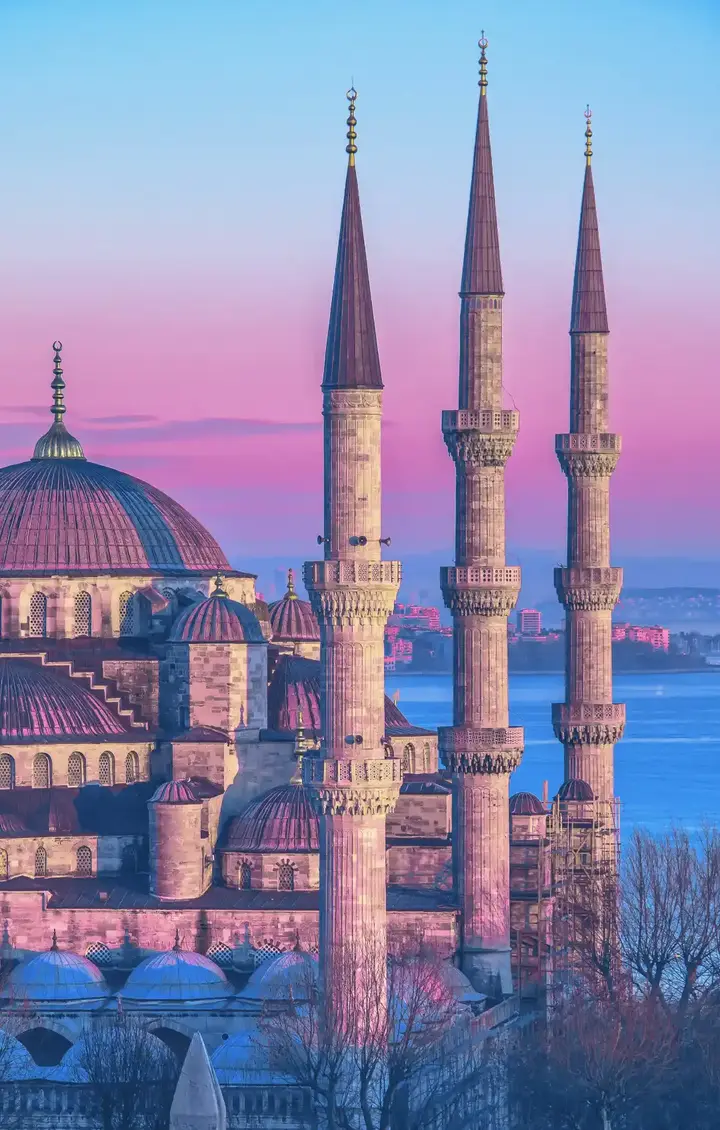
Mosques existed in European territory centuries ago by the Ottomans in the Balkans, the Meroeans in Spain and the Tatars in the Baltic region. Given the modern era and the migration of Muslims to European countries and how they remained content for decades to pray in basements, thinking that their presence was temporary, after time they realized that this country had become a permanent home for them, and from that point on they thought of building mosques to practice prayers and worship.
Islam did not impose a specific design for the mosque building, but controls were put in place that must be respected, and these controls were to preserve the essence of identity, the most important of which is the direction of the qibla and purity. In fact, Europeans were so fond of Eastern culture that some of their buildings were inspired by mosque architecture, such as a building built inside London's Royal Park in the eighteenth century.
Also the Schwvesingen Palace Garden Mosque in Germany, called the Red Mosque. Modern mosques in Europe are a modern architectural language familiar to the new generation, and at the same time taking into account the identity of the places where they were built. This modern architectural language has not been accepted by everyone, as some have criticized modern designs that lean towards Western culture significantly. One of these mosques is the Croatian Rijeka Mosque, which is classified as a modern Islamic architecture and has a different design from the usual Islamic character. The place is not limited to the mosque only, it is also an educational, health and cultural center.
Some believe that the modern designs of mosques in Europe are not only a modern trend in architecture, but also aim to provide a new understanding of the Islamic religion itself, in a way that does not contradict European culture and the concepts of democracy, and is compatible with society without compromising the faith and its origins. We also mention the central mosque of Cologne, which is designed in the style of Ottoman architecture and is characterized by a mixture of glass, concrete and wood materials. King Abdulaziz Mosque Marbella in Spain, built by Prince Salman when he was the emir of Riyadh after his father, is a cultural center with 30,000 books on Islam, heritage, history and Arabic literature.
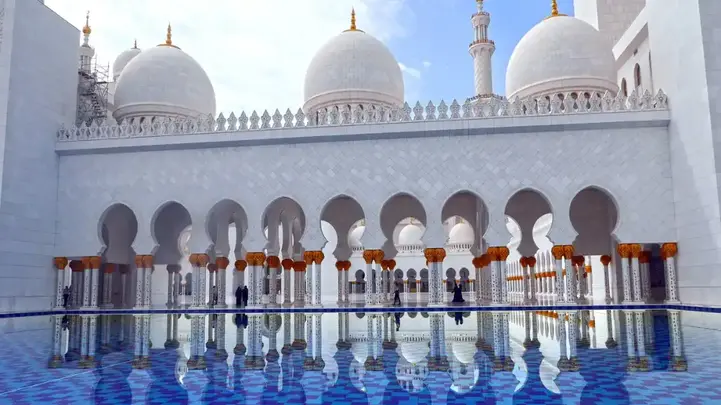
From what I read, you can realize the journey of Islamic mosque architecture in many countries, as it is conservative and committed to ancient traditions and the first Islamic architecture in some countries, with limited development, which relied on the development of building techniques or building materials used more than the development of design, and on the contrary the trend for modern designs and architecture in other regions, as well as the trend in some eras for complex decorations and exaggeration in decorating the interior and the trend for humble appearance in other eras.
The architecture of the mosque is greatly influenced by the culture and nature of its construction site, which helped to provide a rich slab. The failure of Islam to impose a specific design for the mosque building gave room of freedom to designers from all over the world, so that mosque designers, some of whom do not believe in Islam, including the architect Angelo Candalibas, who designed a mosque in Sydney with 99 stone domes. The mosque is inspired by the brutal design style that was used between the fifties and seventies of the last century. European architects have also designed mosques in Asia and other non-European countries, and Arabs have designed mosques in Western countries. This diversity and the mixing of cultures led to the development of Islamic mosque architecture in the world significantly to enrich the history of architecture in general and mosque architecture in particular.








